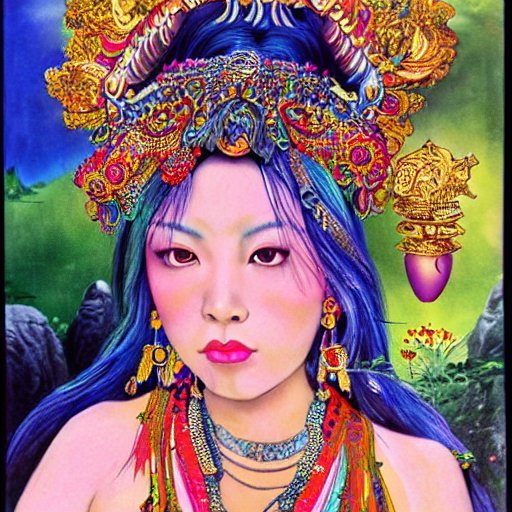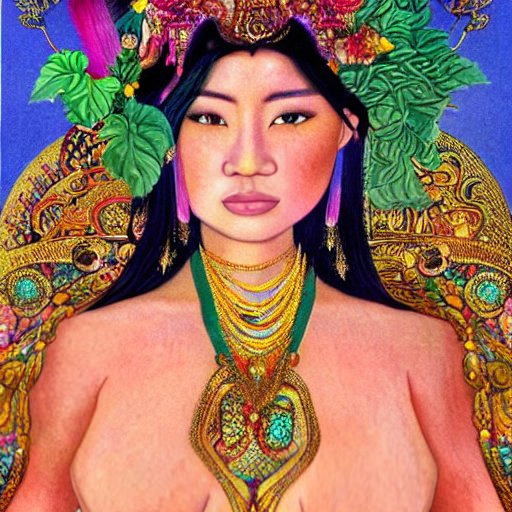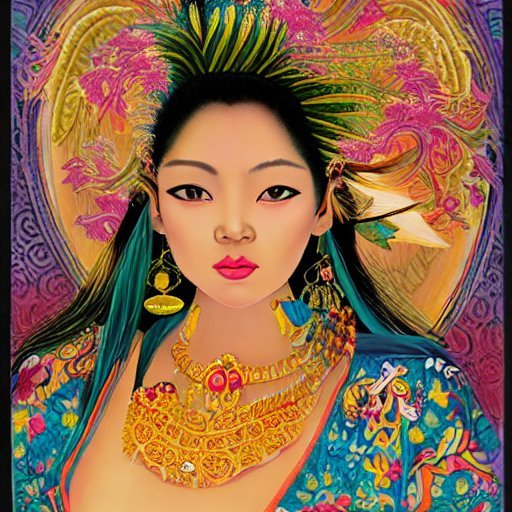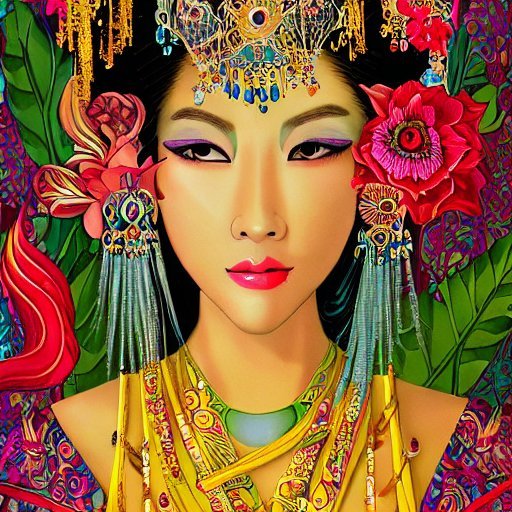#buddhist culture and history
Explore tagged Tumblr posts
Text
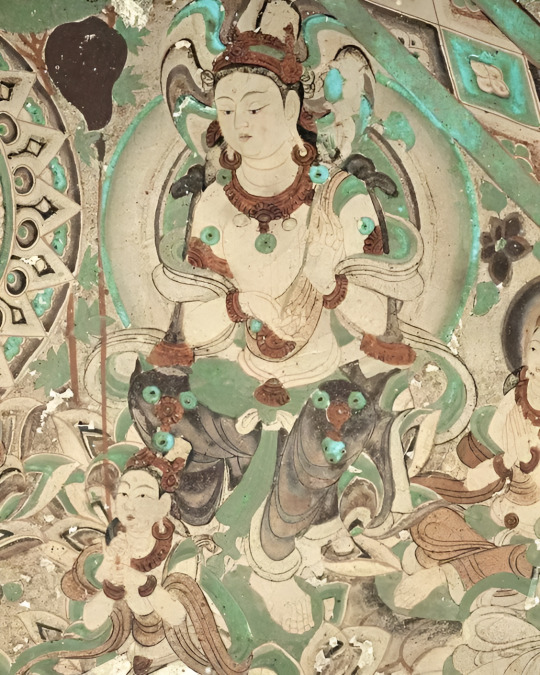
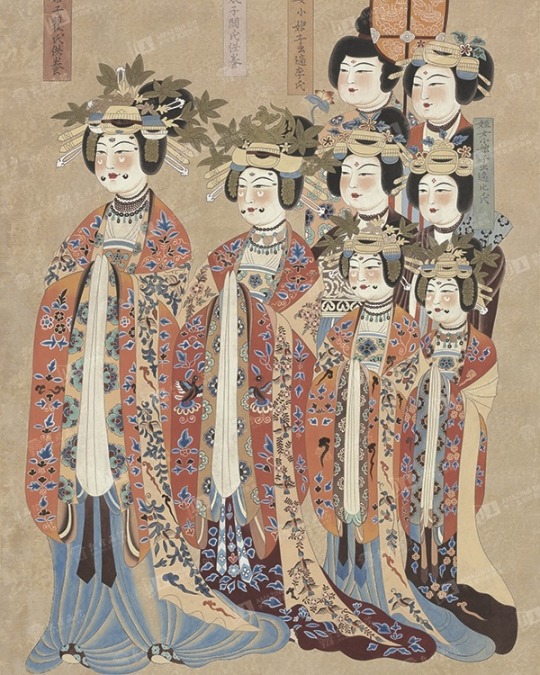

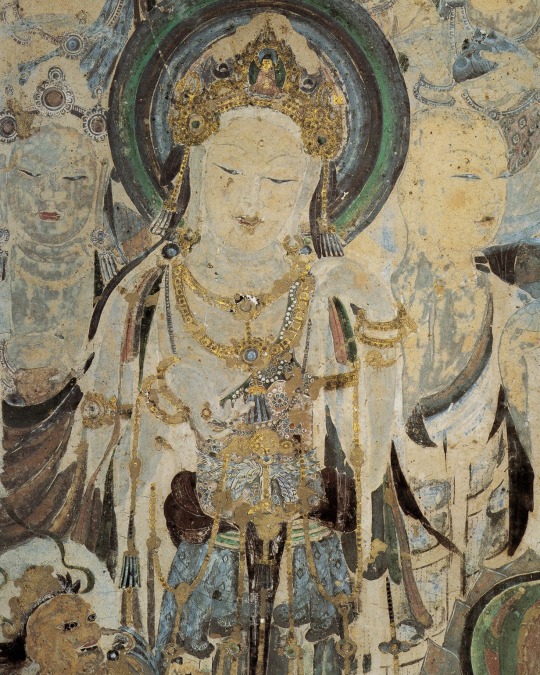
Mogao Caves, Dunhuang, Gansu province, China.
A system of 500 temples in Dunhuang, an oasis located at the crossroads on the Silk Road. The caves contain some of the finest examples of Buddhist art spanning a period of 1,000 years.

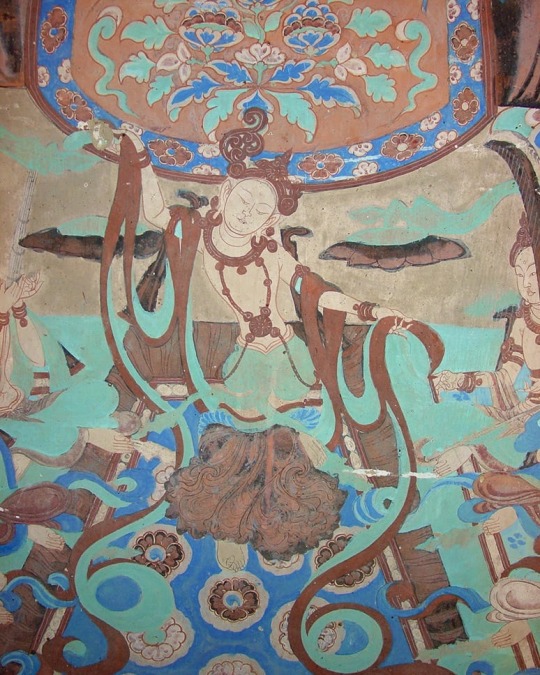

The first caves were dug out in 366 CE as places of Buddhist meditation and worship, later the caves became a place of pilgrimage, and caves continued to be built at the site until the 14th century. The Mogao Caves are the best known of the Chinese Buddhist grottoes.

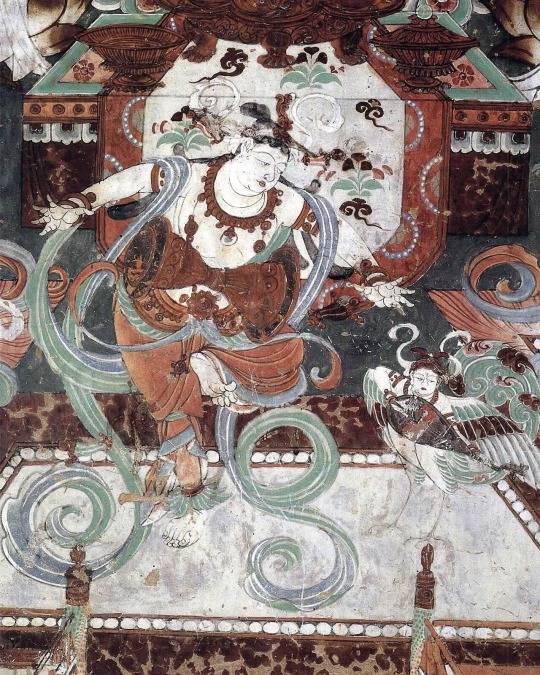

#china#chinese heritage#Gansu#dunhuang#mogao caves#temples#Silk Road#Buddhism#chinese culture#east asia#chinese#people’s republic of china#chinese architecture#prc#Chinese art#chinese Buddhism#Tang Dynasty#Chinese Buddhist art#dunhuang caves#chinese history#🇨🇳#chinese hanfu#Hanfu
135 notes
·
View notes
Text








Phật Tích temple, Bắc Ninh, Vietnam. Credit to Việt Đức Trần.
#vietnam#vietnamese#culture#history#sinosphere#travel destinations#ancient architecture#buddhist temple
182 notes
·
View notes
Text
April 12, Xi'an, China, Daci'en Temple/大慈恩寺 and the Giant Wild Goose Pagoda/大雁塔 (Part 1 - Temple and Architecture):

Daci'en Temple is famous in popular culture mainly for one reason: the monk Xuanzang/玄奘, or the real person who inspired the character of Tang Sanzang/唐三藏 (sometimes translated as "Tripitaka") in the novel Journey to the West/西游记. Xuanzang was in charge of Daci'en Temple after he returned to China in 645 AD from his journey throughout Central Asia and India. More on him later.
The temple is also known for two more things, first is its importance to Chinese Buddhism, as the temple is considered the cradle of the Consciousness-Only School (weishizong/唯识宗) and the Dharma Characteristics School (faxiangzong/法相宗)(both are part of Chinese Mahayana Buddhism), and second is the Giant Wild Goose Pagoda (built in 652 AD while Xuanzang was in charge of the temple).
The temple has been rebuilt over the years, and the current temple (excluding the pagoda) was mainly built in 1466, during Ming dynasty, thus the current temple consists of Ming-era architecture:


Drum and bell towers within the temple


Giant Wild Goose Pagoda in the distance

More pictures of the architecture. I have to say it's better preserved here than in other places so far...





Coming up to the Mahavira Hall/大雄宝殿 of the temple

As mentioned in the previous posts on Qinglong Temple, I avoided taking pictures of the Buddha statues as this is considered disrespectful. But because it's just hard to avoid including them in pictures of the architecture, the statues may be partially visible sometimes.


Approaching the Tushita Hall/兜率

More pics of the architecture, note the pattern on the windows, called chuangling/窗棂. This particular one is a "three-crossing"/三交 pattern, the highest grade of chuangling.
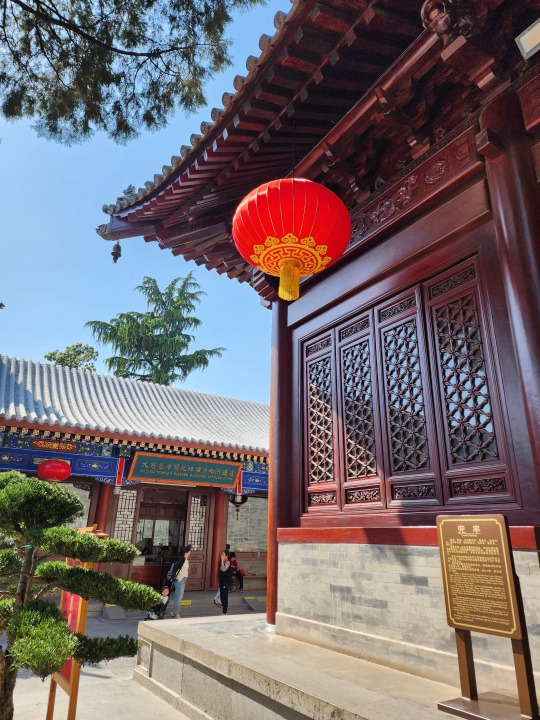

There were two visiting monks taking pictures of this relief behind Mahavira Hall, so it's probably okay to snap a picture of it. The interesting thing is the bian'e/匾额 above it, which says 人天欢喜 (right to left: "human and heaven rejoice together"). Usually it's "heaven" before "human" (天人), but here it's clearly "human" before "heaven".



The Guanyin Hall/观音殿. Guanyin is the Chinese name for Avalokitesvara. The smaller red lanterns are where visiters hang their wishes from:

And finally the Giant Wild Goose Pagoda, one of the landmarks of Xi'an. This pagoda was originally built to house all of the Buddhist texts and relics Xuanzang had brought back from India, and is the largest Tang-era brick pagoda remaining today. In Tang dynasty (618 - 907 AD), people who passed the imperial exams to become jinshi/进士 would tour around Chang'an on horseback with flowers in their hair and write poems before this pagoda, called "雁塔题名".
Before we entered the temple, I could hear a weird jingle-jangle from across the street, but it was only when we came up to the pagoda that I realized where the sound was coming from. There were bells hanging from every corner of every level of the pagoda, and they were pretty loud for their size.

Since it was pretty hot outside that day, to avoid possible heat stroke we didn't attempt to climb the pagoda (I don't think there's air conditioning inside considering that this pagoda is 1300+ years old.....). I think there were several important artifacts/relics inside? But I can find some pictures from online for part 3.



#2024 china#xi'an#china#daci'en temple#大慈恩寺#giant wild goose pagoda#大雁塔#xuanzang#玄奘#buddhist temple#chinese architecture#chinese history#mahayana buddhism#buddhism#architecture#history#culture
96 notes
·
View notes
Text










Gandhara Art and Architecture
A beautiful blend of Indo-Greek culture.
#ancient india#ancient culture#ancient greek art#ancient greek architecture#indo-greek architecture#ancient indian art#buddhist art#ancient history#history#gandhara art#desiblr#desi tumblr#desi tag#ancient greek#ancient civilizations#ancient art#art and architecture#ancient architecture
52 notes
·
View notes
Text

Wat Paknam: Temple With a 69-Meter-Tall Buddha
Originally known as Wat Paknam Bhasicharoen, Wat Paknam is a Buddhist temple in Bangkok Thailand, at the Chao Phraya River. Fittingly, its name quite literally means “the temple at the mouth of the river.” The temple has a long history starting from the 1600s but the most interesting fact about it is the newly-unveiled Buddha statue which is 69 meters tall. While this makes the statue one of the tallest Buddha statues in the world, it also has given a lot of popularity to the temple and the surrounding area.



nanthaphan_krobkritsawat
#wat paknam#wat paknam bhasicharoen#buddhist temple#temple#bangkok#thailand#religion#statue#chao phraya river#the temple at the mouth of the river#culture#history#nanthaphan_krobkritsawat#buddha
5 notes
·
View notes
Text
“Let one mold himself in accordance with the precepts he teaches…”.
Section 12: verse 3
Dhammapada (oldest surviving sayings attributed directly to the Shakyamuni Buddha).
(This version translated from the Pali Cannon by Ananda Maitreya).
#buddhism#spirituality#philosophy#poetry#writing#books#quotes#art#literature#art history#eastern historical studies#Buddhist philosophical studies#comparative religion#great authors#analysis of religion on contemporary culture#beautiful quotes#inspiring quotes#meditation
7 notes
·
View notes
Text
Ramayama- the Indian epic some of you know. But did you know of the Ramakien?
It's the Thai national epic which is their version of the Ramayama. It was Thai King Rama VI who traced back the inspirations of the Ramakien to:
Ramayana, the Vishnu Purana, and Hanuman Nataka but how did an Indian epic come to be shaped into a Thai national epic as well?
Simply put? Buddhism.
The more complicated answer? Buddhism but through missionaries after a long history of Indianized states already made it easy to spread parts of Indian culture, stories/myths, and obviously Buddhism.
What is an Indianized state? Well, some were parts of the Indochinese peninsula known as Funan (Phu Nam - Vietnam), Champa, and more (seriously, a lot more).

TLDR, Southeast and Western Asian lands that had heavy Indian influences and or rulers at one time.
Why/how? Well, interestingly, there are Chinese books that have myths/stories of this. The Book of Liang is the most popular source, and some of its stories are reiterated in Indian and Southeast Asian folkore/stories.
They are very beautiful and cool stories but the reality as argued by historians?
Likely Indian merchants seeking wider wealth (migrating through/over the Oceanic silk road routes) into parts of South East Asia who eventually shared stories/treatises and more of Indian political statecraft, eventually leading some merchants into positions of power, rulers marrying across countries to gain/strengthen power, so on. Eventually, voila. Indianized parts of the nearby world bearing Sanskrit inscriptions, Vedic/Hindu statues, and more.
A DNA sample taken from Funan from this time period shows an individual a lot of South Asian DNA admixture approximating 50 percent. The site is what is today known as Cambodia. Note: the sample dates to that time as when the individual lived, not that the sample was collected then. Now, this tradition continued of course over time. Asia was pretty well interconnected.
India and China have a rich tradition (documented) of trade of all sorts including, political craft/statecraft, ruling, censuses, well-being of people, religion/culture, philosophy, arts, and more.
So, dialed up over time, this same Indianization is what's influenced (in part, not wholly) Thailand (as it has a great deal of Chinese influence) as well. But for the purposes of the Ramakien, in the logical sense, this is likely what happened to bring the story of Ramayama, the Buddhist as well as Vedic cultural traditions found there or what evolved from them, such as the worship and reverence of/for Hanuman including him being involved in Muay Thai (note, not credited with/creating it) but he is often depicted in imagery, has a technique named after him, and regarded by many as the ultimate Thai boxer (within the culture) for the traits of the sport he embodies.
Now full circle back to Ramakien. There are some central differences, obviously given that it's more rooted in Buddhism and its tenants than the Vedic epics focused on Dharma (cosmic order/duty) vs. a Buddhist lens of living. Some of the characters are similar (not the same) and serve similar roles with name and slight changes, of course. Not to mention the history and traditions of the Jatka tales spread by Buddhism into the area over time evolved as performed by locals on stage and other venues to be more Thai, feature Thai topography and landmarks and takes.
And this is a light history on the Ramakien's coming to being and some of why there are 300 (yes 300) versions of Ramayama in the world. And, how Indianization happened in parts of the world and its effects. Which all circles back to how stories are traded, evolve and are coopted, adapted, shaped to serve/entertain the cultures they are presented/ended up in.
#Ramayama#Ramakien#Thai national epic#Vishnu Purana#Hanuman Nataka#Indian epic#Buddhism#stories and myths#Vietnam#Champa#Indochinese#The Book of Liang#India and China#Thailand#silk road#ancient trade#DNA#trade routes#vedic culture#Jatka tales#how trade shaped the world#how stories begin#cultural exchange#history#history facts#this is neat#i think it's cool#buddhist#dharma
3 notes
·
View notes
Text
Announcing H.A.I.A.N: The Pillow Book, An Interactive Game Journey Through Haian-Era Japan
Synopsis “H.A.I.A.N” is a narrative-driven game set in Heian Japan, where players take on the role of Saki, a young court lady trying to rise in rank and status through spreading rumors and navigating the complex social hierarchy of the court. As Saki, players must make decisions that can either advance or hinder their progress, as well as complete side quests that involve traditional Japanese…
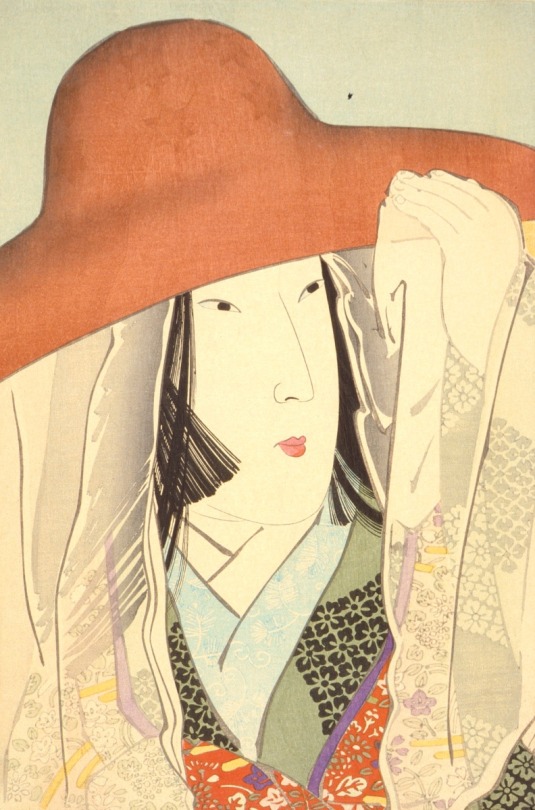
View On WordPress
#Artistic Pursuits#Betrayal#Buddhist Practices#Choice Matters#Court Games#Court Politics#Courtly Love#Deception#Falling Rank#Forbidden Love#Friendship#Gender Roles#Heian Court Life#Historical Fiction#Influence#Interactive Narrative#Intrigue#japanese culture#japanese history#Japanese Traditions#Japanophile#Lady Murasaki#Manipulation#Power Struggles#Rising Rank#Rumor Mill#Sei Shonagon#Shinto Worship#visual novel
3 notes
·
View notes
Text
This is the shit I love, right here.
This insightful, super interesting stuff!
I didn't know any of this!
TofK Ganondorf Design Notes
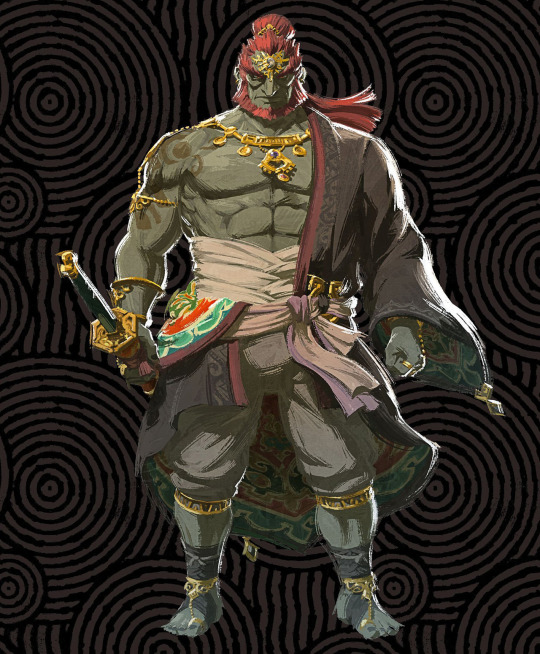
The character design for the Ganondorf who appears in Tears of the Kingdom is extremely interesting. This is just speculation, but I don’t think he’s dressed like a villain.
The golden ornaments on Ganondorf’s topknot, chest, arms, and ankles reference the common portrayal of Fudō Myōō, one of the most widely venerated deities in Japanese Buddhism. Fudō was originally a minor Hindu deity called Acalanātha, who is an avatar of the wrath of Shiva, the god who destroys so that new life may emerge.
Like Fudō, Ganondorf wears long hair bound into a topknot, golden sandals, and loose pants gathered at the knee. These are sartorial traces of Fudō’s South Asian origins, and they serve to connect Ganondorf to the Gerudo of Ocarina of Time and Breath of the Wild, whose designs are inspired by various cultures along the ancient Silk Road.
Fudō was especially venerated by the warriors of Japan’s medieval period, so perhaps it’s fitting that Ganondorf’s costume alludes to the dress of medieval warlords. His robe, with its embroidered hem, crimson lining, and golden sleeve weights, would have been extremely expensive to create and would only be worn by a wealthy domain lord.
The matte black of Ganondorf’s outer robe is an indicator of high rank, as is its colorful interior. Toward the end of the medieval period, black robes were sewn with gorgeous inner linings in order to demonstrate wealth, power, and prestige. To me, Ganondorf’s robe reads as something that would be worn by Oda Nobunaga, one of Japan’s most notorious warlords.
What’s interesting about Ganondorf’s design is that he doesn’t come off as a deity or a warlord. A god would have no need for such a sumptuous robe, while a lord would not reveal his skin or wear sandals. I’m strongly reminded of the sort of rōnin famously played by Toshiro Mifune in The Seven Samurai, a skilled but aging warrior who retains his dignity despite his debased circumstances.
Ganondorf’s lower torso is wrapped in a haramaki to reinforce his core strength, and his right arm is bare so he can wield his sword without impediment. These are both very human touches, as is the cloth covering his shins and soles so that his skin doesn’t chafe. A more godlike character would not need these concessions, and a more aristocratic character would not bother with them.
In previous games, Ganondorf was covered from chin to toe in ornate armor or belted robes, signifying a lack of openness and vulnerability. Meanwhile, the Ganondorf of Tears of the Kingdom literally bares his chest as he reveals a number of contradictions. He is ornamented yet barefoot, and his regal black robe has been peeled back to showcase a bright lotus pattern.
Even despite his stern frown and clenched fists, I don’t feel that Ganondorf is visually coded as a villain… or, at least, he doesn’t seem completely inhuman.
5K notes
·
View notes
Text
Discover China: Top 10 Fascinating Facts About the Land of the Dragon
Discover China: Top 10 Fascinating Facts About the Land of the Dragon China is a country of immense beauty, rich culture, and groundbreaking innovation. As one of the most visited destinations in the world, it continues to captivate travelers with its ancient history and modern advancements. If you’re curious about this incredible country, here are the top 10 fascinating facts about China that…
#ancient China#Beijing attractions#Buddhist landmarks in China#bullet trains in China#Chengdu panda sanctuary#China high-speed rail#China manufacturing#China’s wildlife#Chinese cuisine#Chinese history#Chinese landmarks#Chinese silk history#Chinese UNESCO sites#food in China#Forbidden City facts#Great Wall of China#interesting cultural facts about China#Leshan Giant Buddha#modern China economy#modern China transportation#pandas in China#population of China#Shenzhen technology hub#Silk Road facts#top attractions in China#traditional Chinese crafts#traditional Chinese dishes#UNESCO sites in China#world’s oldest civilization
1 note
·
View note
Text
Wat Pichaya Yatikaram Worawihan also known as Wat Pichai Yat

An Ayutthaya era temple which was restored in 1830 by Thad Bunnag during the reign of Rama 3rd.


Located in the Khlong San District near Thonburi.



1 note
·
View note
Text
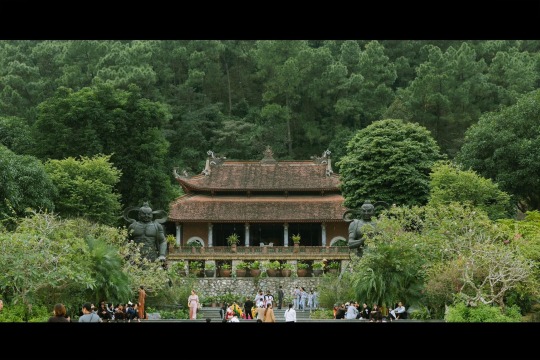
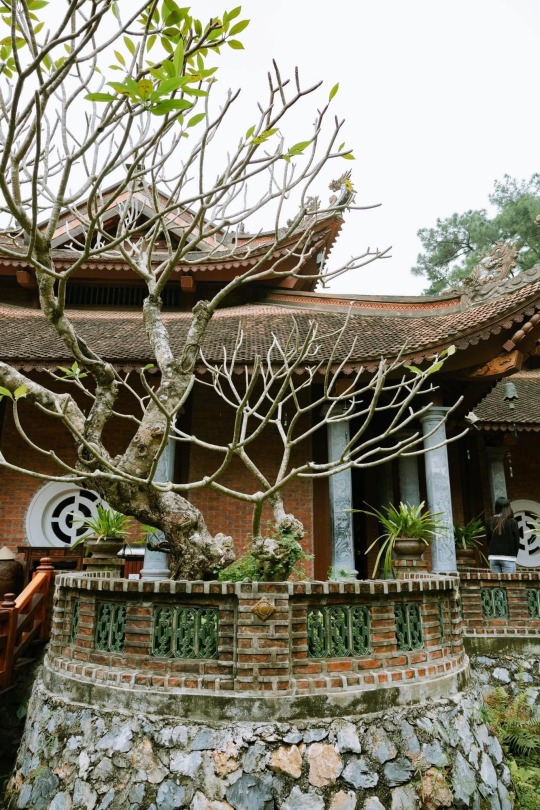

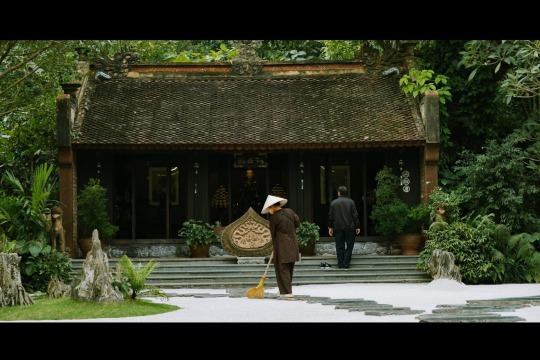

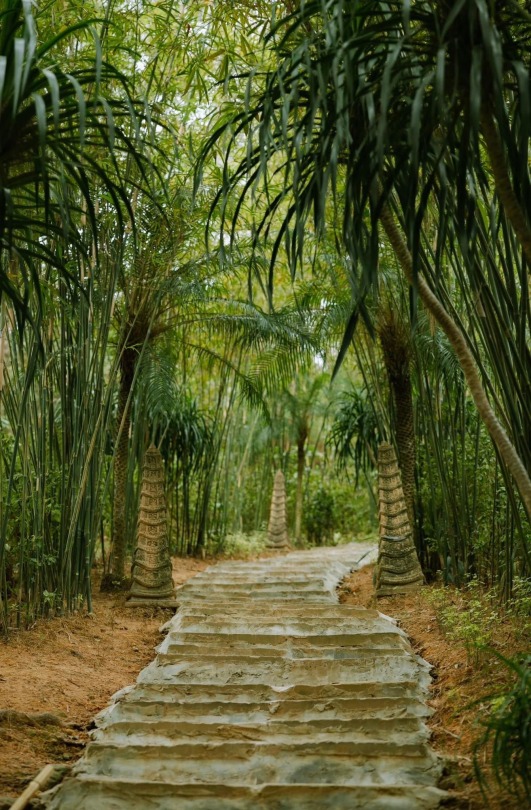

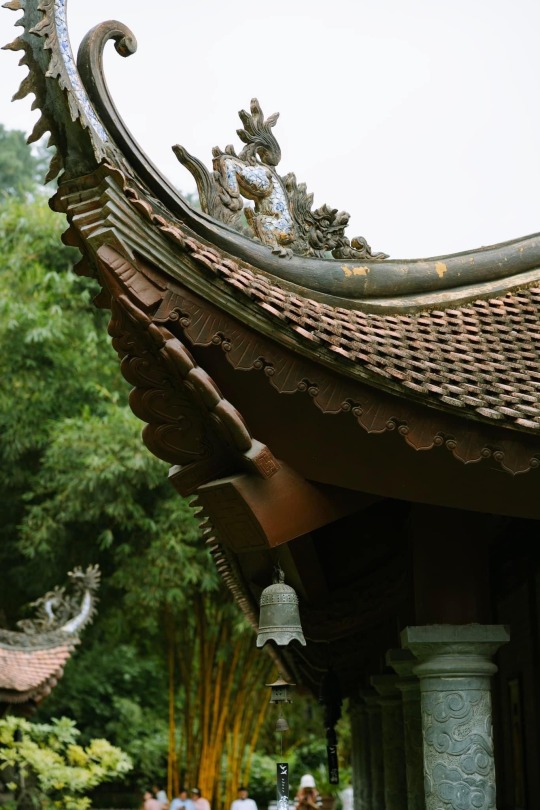


Hà Nam, Vietnam. Credit to Quỳnh Nga.
122 notes
·
View notes
Text
April 12, Xi'an, China, Daci'en Temple/大慈恩寺 and the Giant Wild Goose Pagoda/大雁塔 (Part 3 - History):
The entrance to the Xuanzang Memorial Hall:

Xuanzang/玄奘 (602 - 664 AD; birthname Chen Yi/陈祎) was a famous Chinese monk, scholar, and translator who journeyed throughout Central Asia and India to bring Buddhist sutras from India and translate them into Chinese. He was also the founder of the Consciousness-Only School/唯识宗 of Chinese Mahayana Buddhism.
A statue of Xuanzang in the memorial hall:

Xuanzang's 17-year journey from Chang'an (Xi'an) to India and back drawn out on a map. The route he took to India is in red, and the return route he took back to Chang'an is in green. On his way he traveled through many kingdoms in Central Asia and India, and he would later compile his experiences into the work known as Records of the Western Regions/《大唐西域记》. This work is still very important for historians and archaeologists studying Central Asian and Indian history, because it gives locations of important sites, such as the ruins of Nalanda monastery (phonetically translated as 那烂陀寺 in Chinese) in modern day Bihar. The Ming-era novel Journey to the West/《西游记》 was also very loosely based on this work; more specifically, the novel was based on folk tales about Xuanzang's travels, which was in turn loosely and partially based on Xuanzang's experiences recorded in this book.

(Metal?) wall murals and a giant wood relief depicting Xuanzang's early life and his journey to India and back (generally viewed in order from left to right since it's a continuous narrative):



Biography of the Tang Dynasty Buddhist Tripitaka Master Xuanzang of the Great Ci'en Temple/《大慈恩寺三藏法师传》 (alternatively translated simply as "The Life of Xuanzang"), written by Xuanzang's disciple Huili/慧立 in 688 AD.

An artifact not strictly related to Xuanzang: Ritual Confession of Mercy Temple/《慈悲道场忏法》, a Buddhist repentance work/忏文 written for Emperor Wu of Liang (464 - 549 AD) for the purpose of conducting a "ritual of transcendence" (called 超度; I could not find an English translation for this so this is my own translation) for the emperor's deceased wife. This particular version was printed in Ming dynasty in 1608.


Ceiling of the memorial hall, decorated with Sanskrit characters:

The second exhibition hall also has wall murals and a giant wood relief, this time depicting Xuanzang's life after returning to China:



Xuanzang has stated that the purpose of his journey was to bring back Buddhist sutras in their original Sanskrit, so that the integrity of the original texts may be better preserved in future translations and a more faithful interpretation of the sutras may be achieved. When he returned from India in 645 AD, he brought back with him 657 Buddhist texts in Sanskrit, and with support from Emperor Taizong of Tang, he proceeded to translate these texts into Chinese with his team of translators.
Daci'en Temple still preserves less than 20 leaves of the original palm leaf manuscript/贝叶经 brought to China by Xuanzang. I didn't get to see these artifacts myself, but just for reference, here are some potato quality pictures I've found online:


Below is a part of a (Ming-era? Not sure) printed copy of the Mahā-prajñāpāramitā Sūtra (《大般若经》 or 《大般若波罗蜜多经》 in Chinese), which was translated into the Chinese text seen here by Xuanzang and his team:

Part of Complete Translations by Master Xuanzang/《玄奘法师译撰全集》:

A view of the exhibited part of the collection of works that were either by Xuanzang or written about Xuanzang. Being an aspiring translator myself and knowing that these were works connected to a great translator who lived 1300+ years ago, there is just a feeling of awe here that can't be described properly in words...

There's also the twin steles associated with Xuanzang at the foot of the Giant Wild Goose Pagoda. The stele on the west (below left) was written from right to left, composed by Emperor Taizong of Tang Li Shimin/唐太宗 李世民, while the stele on the east (below right) was written from left to right, and was composed by Emperor Gaozong of Tang Li Zhi/唐高宗 李治 (the two emperors are father and son). The calligraphy for both steles was provided by Chancellor Chu Suiliang/中书令 褚遂良. Both steles gave an account of Xuanzang's life and praised him for his achievements, and both were erected in 653 AD. Since I didn't go into the pagoda, I didn't see these two steles (I believe one of them isn't at the pagoda anymore? It might be at Beilin Museum now), so here are pictures of the ink rubbings from Open Museum (open in new tab to view the full image):


And finally, some fun souvenirs from the gift shop! These are tiny incense pellet holders topped with the twelve zodiac animals

A funny greeting card that translates to "And We miss you too" (朕 is a first person pronoun used exclusively by emperors to refer to themselves; today many people use 朕 to jokingly refer to themselves)

#2024 china#xi'an#china#daci'en temple#大慈恩寺#giant wild goose pagoda#大雁塔#xuanzang#玄奘#buddhist temple#chinese history#chinese culture#journey to the west#mahayana buddhism#buddhism#history#culture
73 notes
·
View notes
Text
no group is entitled to another group’s land i feel like that should not be a hot take
#manifest destiny moment or whatever#like i would be saying this for buddhists too so it aint targeted#its not just land its culture its history and more
1 note
·
View note
Text

Wat Paknam: Temple With a 69-Meter-Tall Buddha
Originally known as Wat Paknam Bhasicharoen, Wat Paknam is a Buddhist temple in Bangkok Thailand, at the Chao Phraya River. Fittingly, its name quite literally means “the temple at the mouth of the river.” The temple has a long history starting from the 1600s but the most interesting fact about it is the newly-unveiled Buddha statue which is 69 meters tall. While this makes the statue one of the tallest Buddha statues in the world, it also has given a lot of popularity to the temple and the surrounding area.


#wat paknam#wat paknam bhasicharoen#buddha#buddhist temple#temple#bangkok#thailand#chao phraya river#the temple at the mouth of the river#culture#history#religion#statue#interior architecture
2 notes
·
View notes




